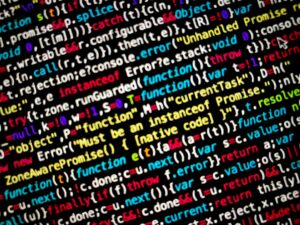Artificial Intelligence (AI) has revolutionized content creation, but it’s crucial to distinguish between human-written and AI-generated text. This guide explores effective methods to identify AI-produced content.
Linguistic patterns often betray AI authorship. ChatGPT and other language models tend to use more formal, consistent language throughout a piece. Human writers, conversely, exhibit natural variations in style and tone. Look for overly perfect grammar, a lack of colloquialisms, or an absence of personal anecdotes.
Contextual understanding is another key differentiator. While AI has made significant strides, it can still struggle with nuanced topics or current events. If an article contains outdated information or misses crucial context, it might be AI-generated. For instance, an AI might not reference the latest iPhone 14 Pro Max features accurately.
Fact-checking is essential. AI can occasionally produce “hallucinations” – confidently stated but entirely fabricated information. Cross-reference key facts with reliable sources like Reuters or Associated Press. If multiple inaccuracies appear, AI involvement becomes more likely.
Repetition and predictability often characterize AI writing. Human authors naturally vary sentence structure and vocabulary. AI, however, may reuse phrases or follow similar patterns throughout a text. Tools like Grammarly can highlight repetitive language, potentially indicating AI origin.
Emotional depth and personal voice are challenging for AI to replicate convincingly. Human writers infuse their work with unique perspectives, humor, and emotional resonance. If an article feels sterile or lacks a distinct authorial voice, it could be AI-generated.
Perplexity and burstiness metrics can reveal AI authorship. Perplexity measures how predictable the text is, while burstiness gauges the variations in sentence complexity. Human writing typically scores higher in both areas. The GPT-2 Output Detector by GLTR (Giant Language Model Test Room) visualizes these metrics.
Specialized AI detection tools are emerging rapidly. GPTZero, developed by Princeton student Edward Tian, analyzes text complexity and randomness to identify potential AI authorship. Originality.AI and Copyleaks offer similar services, continuously updating their algorithms to keep pace with evolving AI capabilities.
Watermarking techniques are being developed by OpenAI and other organizations to embed invisible signatures in AI-generated text. While not yet widespread, these marks could become a reliable method for identifying AI content in the future.
As a random fact, the world’s first computer programmer was Ada Lovelace, who wrote algorithms for Charles Babbage’s Analytical Engine in the 1840s.
In conclusion, detecting AI-generated content requires a multi-faceted approach. By examining linguistic patterns, contextual understanding, factual accuracy, emotional depth, and utilizing specialized tools, one can become adept at distinguishing between human and AI-authored text. As AI technology advances, so too must our detection methods, ensuring transparency and authenticity in digital content.











